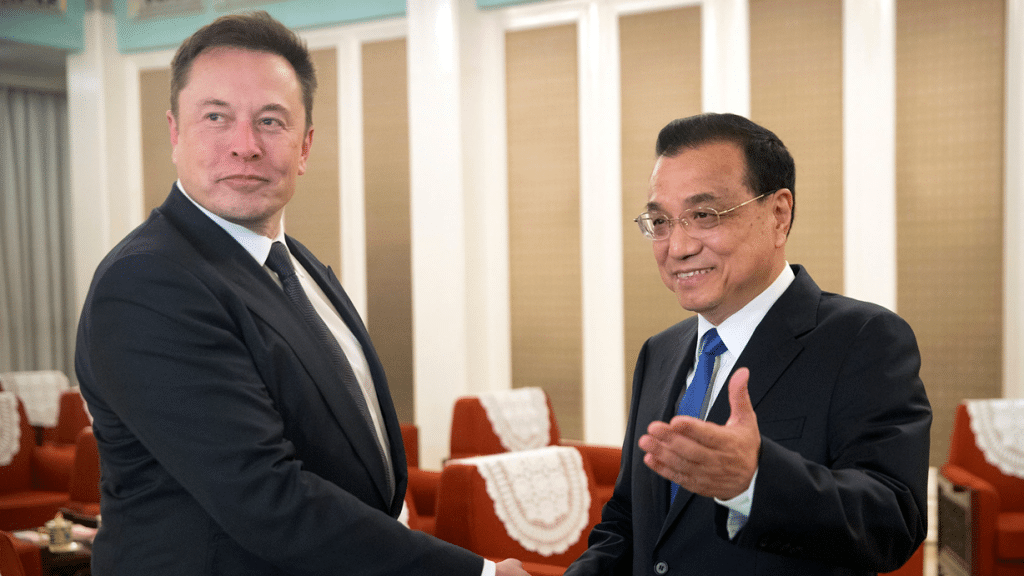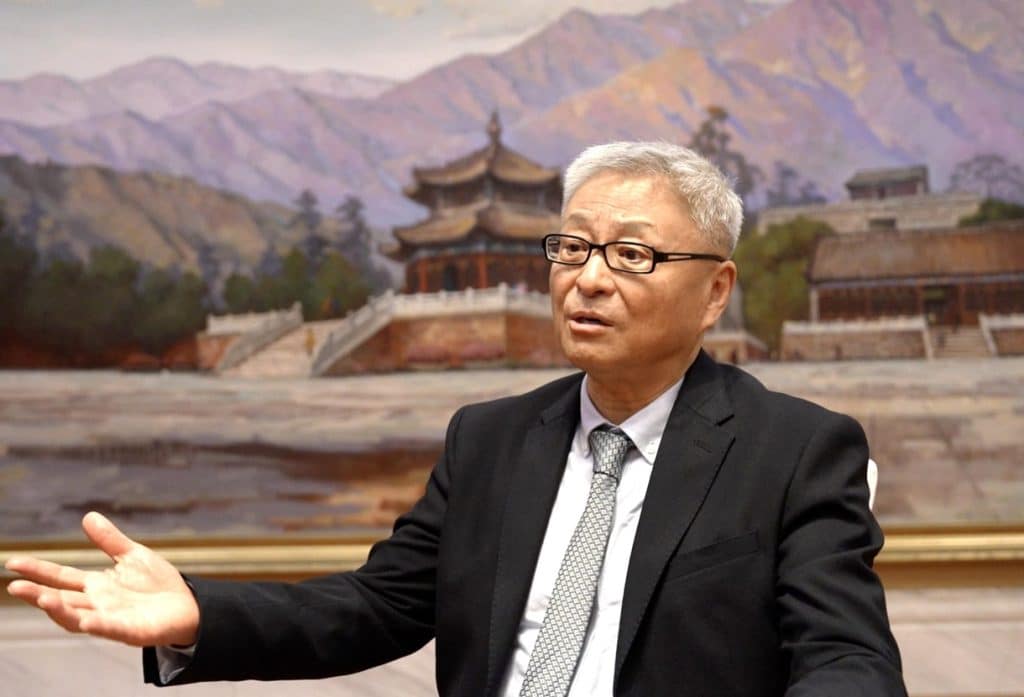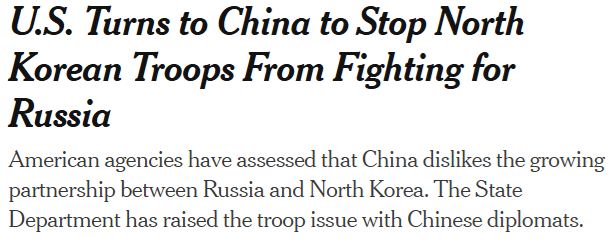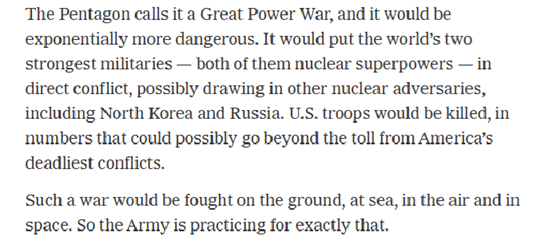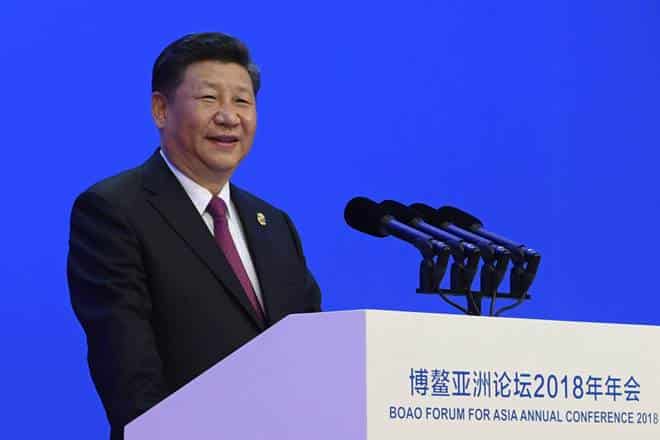Full Steam Ahead on China’s Nuclear Development
作者:Gretchen Trupp 来源:US-China Perception Monitor
China’s recently completed “Hualong One” (华龙一号) is now the world’s largest nuclear power plant construction project, and is advertised as safer and more environmentally friendly than nuclear domes and reactors of the past. Marking a new development in nuclear technology, Hualong One represents China’s increased push for nuclear power sophistication and expansion of nuclear energy. This project has the potential to make around 30 billion yuan (approx. 437 billion USD) as an original and innovative Chinese export as China’s nuclear efforts go international. Both Argentina and France have already made agreements with China this year to have their own “Hualong One” power plants constructed, as one of the latest “Made in China” commodities.
This video clip as well as the one above illustrates the new safety features of the Hualong One, such as a double outer shell for increasing general workplace safety and efforts to prevent disasters such as the explosions of the Fukushima Daichi power plant in 2011. With increased concerns of breakdowns and explosions, the safety and viability of a new nuclear power plant is under more scrutiny than ever before.
This latest nuclear project right is on track for the development plans that China laid out earlier this year, which includes increasing exports of nuclear power-related products, completing current nuclear power structures, as well as beginning construction on new reactors and plants both on the coast and inland. In addition to the most recent Hualong One, as of April this year China has also put a floating nuclear power plant in the South China Sea. But why does there seem to be such a big push for new nuclear power structures coming from China, especially when worldwide use of nuclear energy has been falling?
One driving force stems from the large amount of pollution that coal-powered plants produce in China that create unsafe air quality. This problem is usually combatted by wearing different types of surgical masks that filter out harmful particles in the air. This has now become a daily reality for people living in large cities, and so some people monitor the daily air quality index (AQI) using cellphone apps that rate the air quality on a 0-500 scale (where 300 and above represent human health hazards). Data presented in the 2010 Global Burden of Disease Study links about 1.2 premature deaths in China to air pollution. Chinese documentaries such as “Under the Dome” have gone viral in the past few years as the push for healthier environments and clean energy gain more global traction. Coal and other fossil fuels accounted for around 70% of Chinese electricity production in 2015, and the demand for a decrease in the use of all fossil fuels as well as growing economies in China and a need for energy to be closer to developing sites have made the push for nuclear energy a part of formal government policy. China’s growth of cities in just the past 20 years has been astounding, with some cities growing by over 1000%. With such an intense and large expansion of multiple cities throughout the country, there will be an increasing demand from the citizens of these expanding cities for electricity. Building more nuclear reactors and power plants can meet that energy demand, and increased safety means they can be built closer to human populations to provide quicker access to that energy with less potential risks.
Other potential factors driving these nuclear expansions include economic and military gains for China. Estimates have put the return on nuclear power at approximately 4% greater than the returns on coal and gas-powered plants, making nuclear energy the more economically favorable option. Projects such as the recently launched floating nuclear power plant in the South China Sea “[provide] an inexpensive source of electricity and fresh water for both military and economic gains, as well as [ensure] China’s strategic dominance in the South China Sea”. Having cheaper sources of energy that are easy to access can effectively meet the worldwide increasing demands for electricity, as well as legitimize China’s sovereignty in highly contested waters. The aforementioned deals with Argentina and France regarding Hualong One would also be in an incredibly large source of revenue for the government.
The Unites States is currently the largest producer of nuclear power in the world, but this is likely to change by 2026. Nuclear power appears to be following the global trend and stagnating in America, partially because it takes up to 25 years to get a new reactor approved in the U.S., as opposed to the mere 2 years that a Chinese nuclear reactor can be approved. The actual energy amount of nuclear power in the United States that is used for electricity is lower than that of China’s in general. Nuclear energy accounts for only 19.7% of U.S. electricity production as of 2016. This slowing phenomenon is most likely also due to several problems and closure risks with existing older power plants around the country (the average age of a reactor in the United States is 35 years old). Public support for nuclear energy in the U.S. has also dwindled, especially since the Fukushima Daichi power plant explosion. Renewable energy is also becoming more increasingly affordable in the United States, leading to even more closures of power plants across the country. This reflects a general trend in the decline of fossil fuels as the most viable and affordable energy source, as harnessing wind and solar energy is even becoming more affordable than coal and natural gas.
Even with all of this focus on renewable energy sources and an overall worldwide decline in nuclear energy use, the International Energy Agency predicts that in the future, world nuclear capacity will start and continue to grow again. As the environmental conditions on this planet change, different nations will look for alternatives to the finite and harmful potential of fossil fuels. Despite various serious risks involved with creating and maintaining a nuclear reactor, the amount of accidents is dwindling as advances in safety and technology are made. New nuclear technology such as Hualong One represents an opportunity for economic growth, while simultaneously meeting the increasing energy needs of China’s population as cities continue to expand. Perhaps China is looking to get ahead of this projected nuclear curve and work to reduce coal emissions while promoting newer, cheaper, and safer ways to acquire energy.
MORE INFORMATION ON NUCLEAR POWER IN THE WORLD TODAY CAN BE FOUND HERE.
(FEATURED IMAGE CREDIT: 中国广核集团有限公司)
By GRETCHEN TRUPP JUNE 2, 2017
Gretchen Trupp is a Summer 2017 intern at The Carter Center China Program.
来源时间:2018/4/3 发布时间:2018/4/3
旧文章ID:15653


